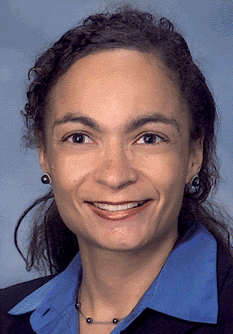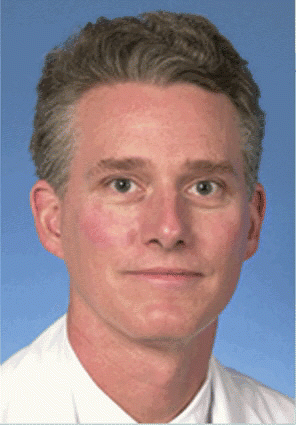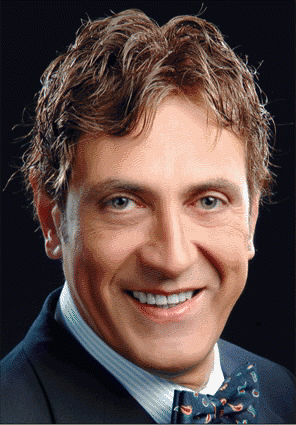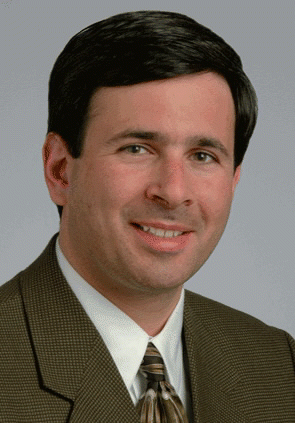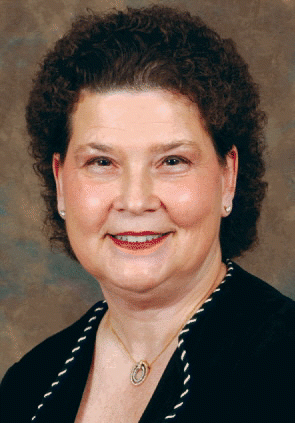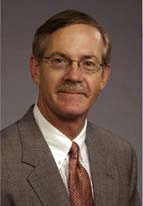ORLANDO-Concurrent chemoradiotherapy (CRT) is considered standard treatment for unresectable advanced head and neck cancer. A new study presented at the 2009 meeting of the American Society of Clinical Oncology (ASCO) suggests that induction chemotherapy (IC) delivered before CRT significantly improved time to treatment failure (TTF) compared with standard upfront CRT alone in this setting.

